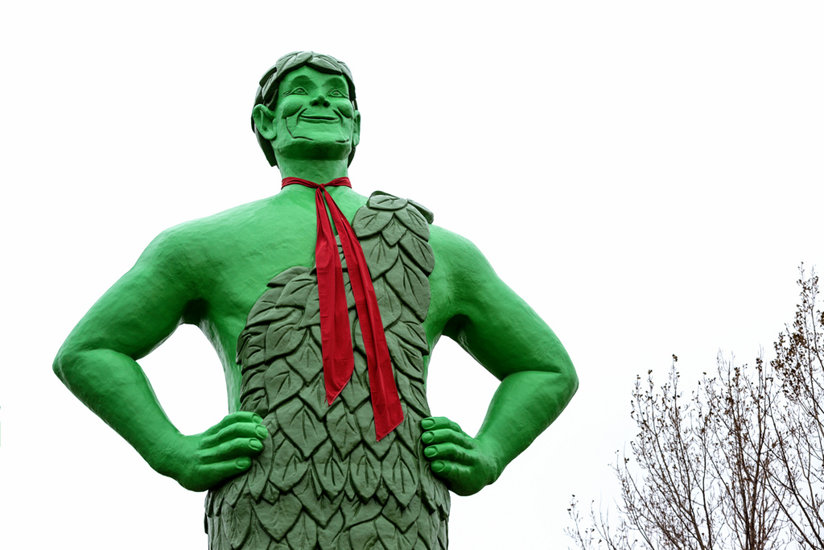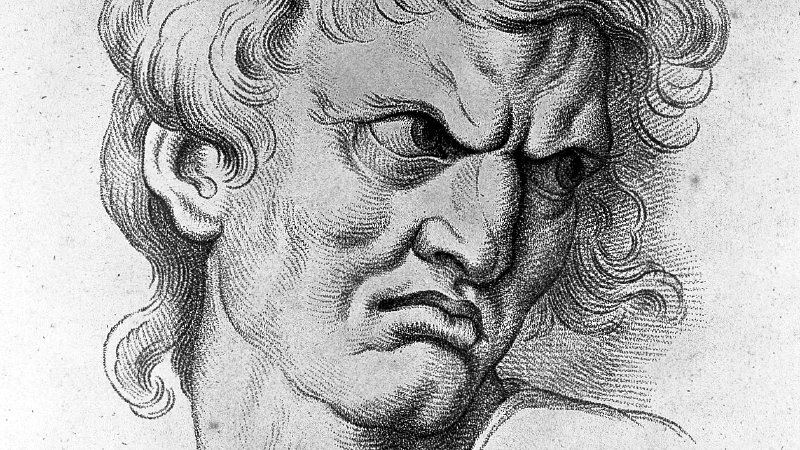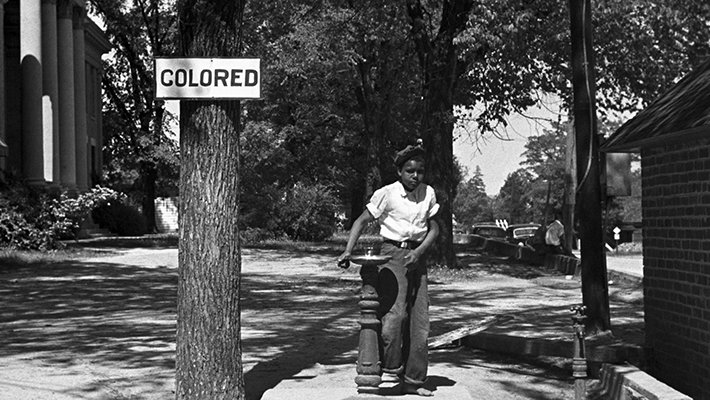
-
HOME
-
WHAT IS STANDOur Mission Our Values Our Help Contact
-
WHAT WE FIGHT FORReligious Freedom Religious Literacy Equality & Human Rights Inclusion & Respect Free Speech Responsible Journalism Corporate Accountability
-
RESOURCESExpert Studies Landmark Decisions White Papers FAQs David Miscavige Religious Freedom Resource Center Freedom of Religion & Human Rights Topic Index Priest-Penitent Privilege Islamophobia
-
HATE MONITORBiased Media Propagandists Hatemongers False Experts Hate Monitor Blog
-
NEWSROOMNews Media Watch Videos Blog
-
TAKE ACTIONCombat Hate & Discrimination Champion Freedom of Religion Demand Accountability
Fun vs. Hate: The Difference Between Songs & Psychos
1964. For most Americans, vegetables at the dinner table were an afterthought. What vegetables there were, were certainly not fresh. They were frozen or canned. One of the biggest purveyors of such veggies was the Green Giant Company.
The company’s symbol and “spokesman” was the Jolly Green Giant. There’s a 55-foot (presumably life-size) statue of him in Blue Earth, Minnesota. The tag line for the TV commercials and print ads was: “In the Valley of the Jolly—Ho Ho Ho—Green Giant.” Many Americans might not have eaten vegetables at all were it not for this gentle giant with the deep bass voice. He may have looked different—tall and green—but he was a good guy.

In December 1964, a rock band called The Kingsmen (of Louie Louie fame) released a novelty record called The Jolly Green Giant. It went to #4 on the Billboard Hot 100.
Here’s the first verse, with the background vocals calling out the vegetables:
Heard about the Jolly Green Giant (potatoes)
He’s so big and mean (artichoke hearts)
He stands there laughin’ with his hands on his hips
And then he hits you with a can of beans
Wow. So the gentle giant from Minnesota is really a mean SOB who engages in random acts of violence?
No, not really. It’s a novelty song. It’s cute. (Sort of.) It’s clever. (Kind of.) It’s inconsequential. (Probably.) The band was having fun. Made a few bucks. Nobody got hurt. Although the song might be of questionable taste by today’s standards, it’s hard to imagine that the lyric-writer and band were actually mean-spirited. They might have even given the Green Giant Company a bit of free advertising.
Compare that to the kind of person who makes a career out of attacking religions and attempting to belittle religious people. Well now that’s a bit different. Such a person might argue pure motives—trying to protect a naïve population by “exposing” “evil” religions for the public good. (Actually, they do make such claims.) But, wow, who are they attacking?
Let’s take a current example. The Jehovah’s Witnesses and The Church of Jesus Christ of Latter-day Saints are under attack or potential attack by a TV program put on by avowed religious apostates.

Both of these religions are docile and decent. Jehovah’s Witnesses largely keep to themselves, aside from passing out copies of The Watchtower, while members of The Church of Jesus Christ of Latter-day Saints are very much a part of the general society. Both groups are noted for their morality. Some people—less moral themselves, in my observation—vocally resent that morality. The fact that such people vocally resent and openly mock morality and religion speaks volumes about them.
Who are these people?
There are two broad classes. The first is made up of good people who simply don’t understand. People tend to mock what they don’t understand. When they are calmly introduced to the tenets of the religions and get to know a few of their members, the criticism disappears. They might still disagree, but the “yap yap yap” goes away.
The second classification is more difficult. These people are few in number but they are fundamentally different from the rest of us. The difference is motivation. The vast majority of people want the best for themselves and others, and while they aren’t perfect, they try to do the right thing as they see it. But these few percent in the minority don’t. They are insane. This is not a self-serving statement. It is a sad fact.
There are two parts to this insanity. First, such a person can’t stand the idea of help. They’ve been betrayed on the subject of receiving help too many times and they’ve messed up on trying to help others—to the detriment of the others—too many times. They’ve become so cynical they can’t receive help: they know “it’s a trick” and they’ll get screwed—again. On the flip side, they’re so lacking in confidence due to their own failures, they can’t provide help. And they’re so suspicious of anything that looks like help that they can’t stand being around others helping others in any way, shape, or form. Religions help people. Therefore religions must be stopped.
That is a tough one to swallow. It’s hard for most people to face. But if you swallow hard and look into their eyes, you see that there is no life inside. Only hate.
The second part is this: a common legal definition of insanity is “can’t tell the difference between right and wrong.” That is a sad and scary state of affairs. But what about this: a person who can tell the difference between right and wrong and just doesn’t give a damn. Or worse: a person who can tell a difference between right and wrong and actively heads toward the wrong.
It’s this last one that is the true mark of insanity. It is a mindset and behavior that is the polar opposite of civilized.
That is a tough one to swallow. It’s hard for most people to face. But if you swallow hard and look into their eyes, you see that there is no life inside. Only hate.
Many of these people are easy to spot. They’re the ones that you see viciously trolling the Twitter-verse and then going out and shooting up schools, night clubs, and churches. Lots of churches.
But some of them are hard to spot: they are very skillfully glossed over, perfectly made up, perfect hair, well-dressed, and so very, very pious and engaging. But compare the talk to the walk. The talk can be a very convincing paean about the good of all. But the walk goes out of its way to crush whatever it can.
These last few—only two or three percent of the overall population—have their errant behavior so rationalized in their own minds that they can’t change. What they can do is justify, and their justifications can seem very logical. Until you look at the results of their actions: Confusion. Chaos. Upset. Death. And they poison others into thinking and acting like they do.
Because these people are not selling some little novelty song. They’re selling hate.
And one more thing:
They love it.









